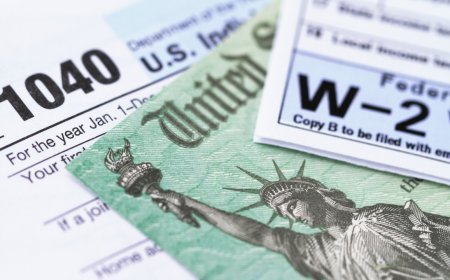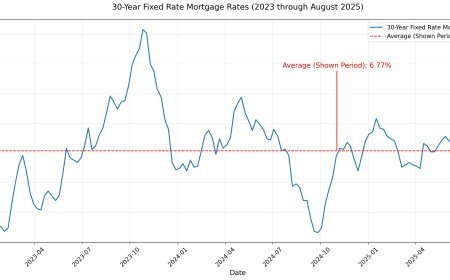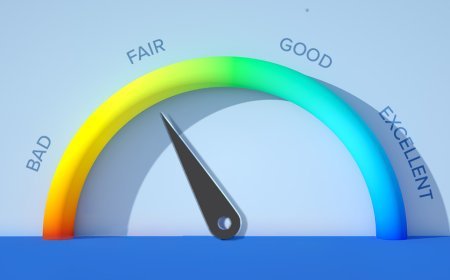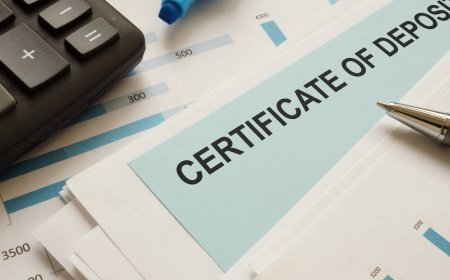Taxes for Beginners Explained: A Friendly Guide to Understanding Your Finances
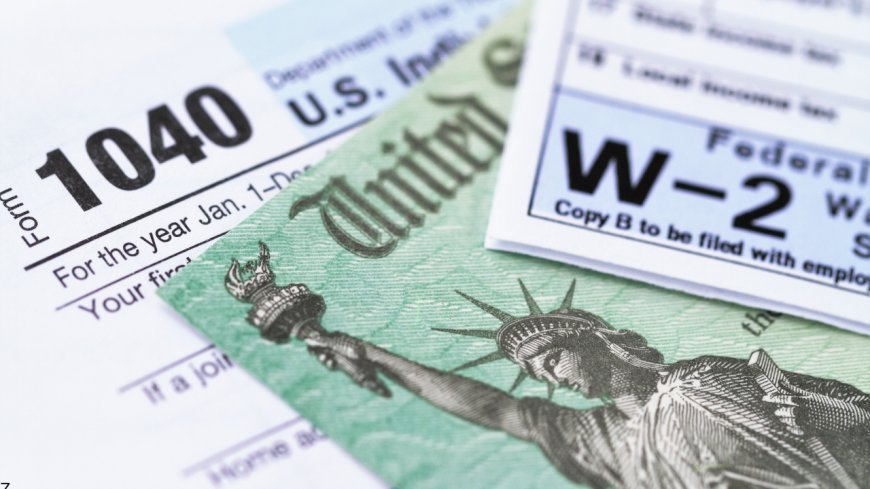
Taxes can seem confusing at first, especially if you're just starting out. Many people wonder what taxes are and why they matter.
Understanding the basics of taxes helps you manage your finances and avoid penalties.
When you earn income, whether from a job or other sources, taxes are a part of your responsibilities. They help fund essential services like schools, roads, and public safety.
It's important to know the different types of taxes, such as income, sales, and property taxes, as well as how to file your returns correctly.
Getting the hang of taxes doesn’t have to be overwhelming. As you read on, you'll find practical tips and clear explanations that will make the tax process easier to understand and navigate.
Understanding Income and Taxes
When you start learning about taxes, it's important to grasp how income is defined and taxed. This section will help clarify gross income, the different types of income you might have, and how the federal tax system operates.
What is Gross Income?
Gross income is the total amount of money you earn before any deductions or taxes are taken out. This includes wages, salaries, bonuses, and other income sources.
For example, if you earn $50,000 from your job and receive an additional $5,000 in interest from your savings account, your gross income for the year is $55,000.
Key points about gross income:
- It includes earned income, like your salary.
- It also covers unearned income, such as interest or dividends.
- The Internal Revenue Service (IRS) uses gross income to determine your taxable income.
Various Types of Income
There are different types of income that can affect your taxes. Understanding these can help you plan better for tax season.
-
Earned Income: This includes wages, salaries, tips, and self-employment income. It's income you receive for work performed.
-
Unearned Income: This includes interest, dividends, capital gains, and certain retirement benefits. It's money you earn without working directly for it.
-
Passive Income: This comes from rental properties or businesses in which you do not actively participate. It can be taxed differently than earned income.
Each type often has its own tax implications. Knowing the differences can help you optimize your financial situation.
Understanding the Federal Tax System
The federal tax system is primarily based on income. When you earn money, the IRS expects you to pay a portion of it as taxes.
Here’s a simplified view of how it works:
- Progressive Tax Rates: As your income increases, so does the percentage you pay in taxes. This is known as a progressive tax system.
- Tax Brackets: Your income falls into different brackets, which determines your tax rate. For example, if your taxable income is $50,000, you pay different rates on portions of that income.
To file your federal income tax return, you'll report your gross income and any deductions to find your taxable income, which is the amount subject to tax. Understanding how these elements work together allows you to navigate your financial responsibilities with confidence.
Diving into Deductions and Credits
Understanding deductions and credits is key to minimizing your tax bill. These tools can reduce the amount you owe and help increase your refund, making tax season less stressful. Let’s explore how these items work and what you can claim.
Standard Deduction vs. Itemized Deductions
When you file your taxes, you can choose between the standard deduction and itemized deductions.
The standard deduction is a fixed amount based on your filing status. For 2025, it’s $13,850 for single filers and $27,700 for married couples filing jointly.
Alternatively, you can itemize deductions if they’re higher than the standard deduction. Common itemized deductions include mortgage interest, state taxes, and medical expenses. Keep in mind that you must have records of all expenses if you choose this method.
Comparing both options can make a big difference in your taxable income. Make sure to calculate which option benefits you more.
How Tax Credits Reduce Your Liability
Tax credits are valuable because they directly reduce the amount of tax you owe. They are generally dollar-for-dollar reductions.
For example, if you have a $500 tax credit, your tax bill decreases by $500.
There are two main types of tax credits: nonrefundable and refundable. Nonrefundable credits can only reduce your tax bill to zero, while refundable credits can lead to a refund if your credits exceed your tax liability.
Understanding available credits like the saver’s credit can help you save even more. This specific credit helps low to moderate-income individuals save for retirement.
Make sure to research and claim any credits you qualify for.
Specific Deductions and Credits to Consider
When preparing your taxes, consider specific deductions and credits that may apply to you.
Some popular deductions include those for education expenses, student loan interest, and medical costs.
Tax credits to look for include the Child Tax Credit and the Earned Income Tax Credit (EITC). Both credits can significantly lower your tax bill if you meet eligibility requirements.
To maximize your savings, keep careful records and receipts. You want to ensure that you can claim all the deductions and credits available to you. This effort can lead to a more favorable financial outcome when tax time comes.
Filing Your Taxes
When it comes to filing your taxes, knowing where to find information and choosing the right help can make a big difference. It's important to navigate the IRS website effectively and select a tax preparer that suits your needs.
Navigating the IRS Website and Forms
The IRS website is the starting point for many tax filers. You can find forms, instructions, and resources to help you through the process.
If you’re an independent contractor or have received miscellaneous income, you may need to fill out Form 1099. This form will report any earnings outside of traditional employment.
Be sure to gather your personal information ready, such as your Social Security number and income documents.
If you’re looking to file your federal tax return, consider using the IRS Free File program. This option lets you file your taxes for free if your income meets certain criteria.
Explore the different forms available and read the instructions carefully to avoid mistakes.
Choosing the Right Tax Preparer
Finding a qualified tax preparer can ease the filing process. Look for someone with the appropriate credentials, like a Certified Public Accountant (CPA) or an enrolled agent.
Check if they have experience with your specific tax situation. Different professionals may specialize in various areas, so it’s worth asking.
Before you choose, gather your personal information and documents, as you'll need to provide these to your tax preparer. This includes income statements, deductions, and any Form 1099 if applicable.
Don’t hesitate to ask questions about their fees or how they plan to handle your return. Understanding the process will help build your confidence as you file your taxes.
Understanding Payroll and Self-Employment Taxes
When you earn money, it's important to understand how taxes work. Payroll taxes apply to employees, while self-employment taxes affect those who work for themselves. Knowing these taxes helps you manage your finances better.
What is FICA and How it Affects You
FICA stands for the Federal Insurance Contributions Act. It includes two main taxes: Social Security and Medicare. Together, these are often called payroll taxes.
-
Social Security Tax: This helps fund retirement benefits, disablement, and survivorship benefits. The current rate is 6.2% of your gross pay, up to a certain wage limit.
-
Medicare Tax: This helps fund health care for seniors. The standard rate is 1.45% of your gross pay, with no income limit.
If you're an employee, your employer will withhold these taxes from your paycheck. If you’re self-employed, you must pay both the employee and employer portions, totaling 15.3% on your net income.
Taxes for Gig Economy Workers
If you work in the gig economy, like driving for rideshares or freelancing, you are considered self-employed. This means you face different tax rules.
As a gig worker, you need to pay self-employment tax based on your net income. This tax covers Social Security and Medicare, similar to payroll taxes.
Make sure to track your earnings and expenses. You can deduct business-related costs to lower your taxable income. This helps reduce the amount of tax you owe.
Remember, you also need to make estimated tax payments quarterly. Keeping good records and planning ahead can keep your finances in check.
After Filing: Refunds, Payments, and Planning
After you file your taxes, it's important to understand what happens next. You'll learn how to track your refund, what to do if you owe money, and how to prepare for your financial future.
Tracking and Receiving Your Tax Refund
You can track your tax refund easily through the IRS website. Use the "Where's My Refund?" tool to see the status. You'll need your Social Security number, filing status, and refund amount.
Most refunds are issued within 21 days if you e-filed. If you filed a paper return, it may take longer. Refunds can be delivered via direct deposit or a paper check.
It’s worth noting that some tax-exempt income may not affect your refund. Stay updated by checking your status regularly.
When You Owe More: Payments and Plans
If you find you owe federal taxes, don’t panic. The IRS offers several options for payment. You can pay your taxes in full or set up an installment agreement. This allows you to pay over time.
To set up a payment plan, complete Form 9465. You’ll detail your financial situation, including your adjusted gross income (AGI).
It’s essential to pay any owed tax on time to avoid penalties and interest. Consider looking into options like a short-term payment plan or a long-term installment agreement based on your needs.
Future-Proofing: Retirement and Market Volatility
Planning for the future is key. Consider making catch-up contributions to retirement accounts if you’re 50 or older. This helps you save more for retirement, even in times of market volatility.
Using tax-advantaged accounts like IRAs or 401(k)s can also minimize your taxable income. This keeps your taxes lower while you save.
Stay informed about how changes in the market can affect your savings plans. Adjust your strategies so that you can reach your financial goals, even when the market feels uncertain.
What's Your Reaction?
 Like
0
Like
0
 Dislike
0
Dislike
0
 Love
0
Love
0
 Funny
0
Funny
0
 Angry
0
Angry
0
 Sad
0
Sad
0
 Wow
0
Wow
0



